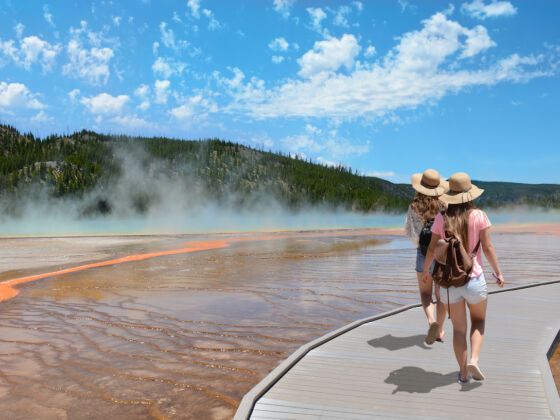1. You will not be the only person here.
Yellowstone’s visitation surpassed 4 million visitors for the first time in 2015. For the past decade, annual visitation increased by 10%, but last year it jumped up to 17%. (The average increase for National Parks is 1.8% annually). This year, with it being the Centennial of the Park Service, Yellowstone prepared — as much as they could — by overhiring 5%. Already though, the numbers this year have caused alarm. April and May alone saw a 30% increase in visitation, with a 48% increase in tour buses alone. The West Yellowstone entrance sees twice as many folk as the other entrances combined, causing the 11-mile trek from West Yellowstone to Madison to take two hours at the season’s height. This season, the Park is expecting at minimum 5 million visitors. That’s quite the leap from last year. You will not have Old Faithful to yourself.
